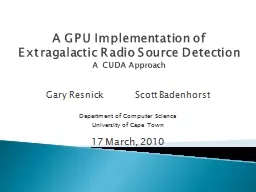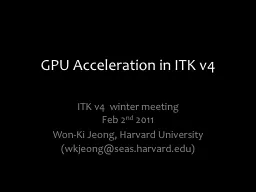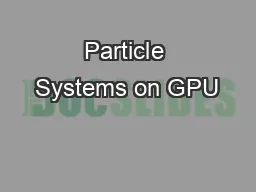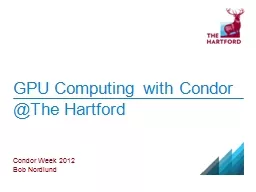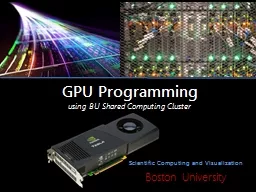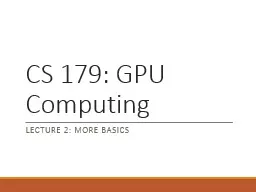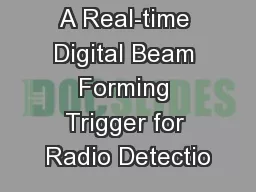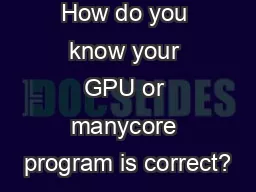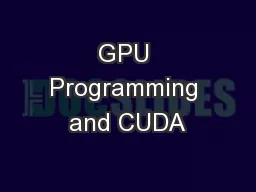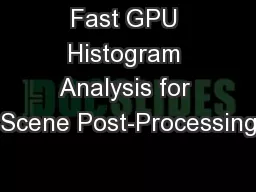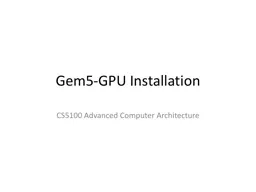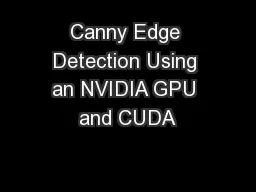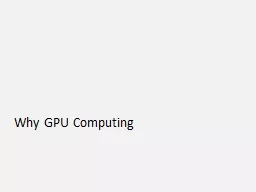PPT-A GPU Implementation of Extragalactic Radio Source Detectio
Author : min-jolicoeur | Published Date : 2016-04-11
A CUDA Approach Gary Resnick Scott Badenhorst Department of Computer Science University of Cape Town 17 March 2010 Introduction Approach Plan Outcomes Overview
Presentation Embed Code
Download Presentation
Download Presentation The PPT/PDF document "A GPU Implementation of Extragalactic Ra..." is the property of its rightful owner. Permission is granted to download and print the materials on this website for personal, non-commercial use only, and to display it on your personal computer provided you do not modify the materials and that you retain all copyright notices contained in the materials. By downloading content from our website, you accept the terms of this agreement.
A GPU Implementation of Extragalactic Radio Source Detectio: Transcript
Download Rules Of Document
"A GPU Implementation of Extragalactic Radio Source Detectio"The content belongs to its owner. You may download and print it for personal use, without modification, and keep all copyright notices. By downloading, you agree to these terms.
Related Documents

